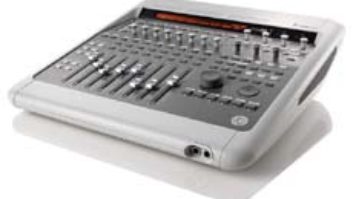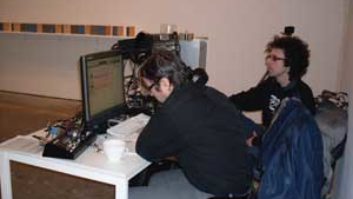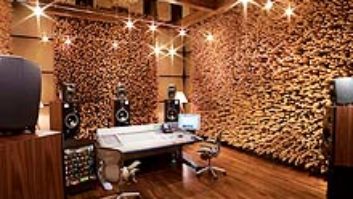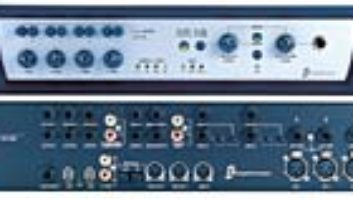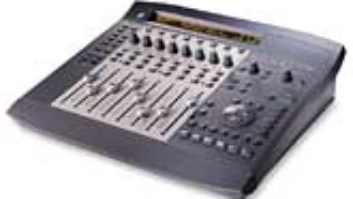INITIAL SETUP AND USER TIPS
The following tips are based on my experiences using a Digi 001 with a new 500MHz G4 Mac, and a number of long conversations with key Digidesign people, who were very knowledgeable and helpful.
STRUNG-OUT MONITOR
I needed a 10-foot monitor extension cable to move the CPU to the next room – away from open microphones. I was told there was a 16-foot maximum with no interconnects. Needing 17 feet, I contacted Molex (they make the DVI plug on the end of the Apple monitor cable) and eventually got a 16-foot extension. That made the final run about 23 feet, well beyond the theoretical 16-foot limit. The monitor works fine and runs in Millions-of-Colors mode without slowing the system down.
TICKS IN THE MACHINE
Pro Tools LE 5.0.1 does not use the Mac Altivec engine in some G4s for processing. Perhaps when it does, it could do real-time crossfades at simple cuts without imparting ticks due to zero crossover untidiness. (A separate DSP processor handles those chores in TDM-based systems.) This is seldom a problem in the Digi 001 when removing breath noise between words of a narration. Ticks can occur, however, when editing music or within words of a voice track where levels are moderate or higher.
UP-FRONT FILE MANAGEMENT
Think of the Pro Tools system as any other dedicated tool in your studio. Adding Internet stuff, extensions, control panels, games and other files to the system folder is asking for trouble. Consider splitting your main drive into two partitions; one for office software and one for the Digi 001 and Pro Tools LE. Install a separate OS on each partition. For Macs, this means using the Startup Disk Control Panel to choose the Pro Tools partition when you want to do audio and the other when you want to balance your checkbook or run Photoshop.
WHERE’S THAT AUDIO?
Check Disk Allocation under the software’s Setup menu to see where your audio tracks will reside and avoid storing audio on the same drive as your System folder. Round Robin may work for you, but if you have to clean the media drives for a new session and forget to save a chunk of audio…well, let’s not go there. Also, choose something other than default names, or you’ll end up with hundreds of files named “Audio 1,” “Audio 2,” etc.
POWER: USE IT WISELY
As Pro Tools LE uses your computer’s processing power and AS/RTAS plug-ins instead of DSP farms and TDM plug-ins, you can only do as much as your processor is fast. To determine your system’s capacity, try adding inserts, EQ, sends, buses and compressors until the system kicks out an “Out of Power” message. As a way to conserve power, you might consider using channel sends and one mono or stereo reverb rather than using separate reverb plug-ins for each source.
MYSTERY MESSAGE
If Pro Tools LE will not start, and you get this message: “The hardware is not installed or is in use by another application,” go to the Mac Sound Control Panel and select “Built-in” for the output. Then restart the computer, start Pro Tools LE and go back to the Mac Sound Control Panel and select Digidesign for the output. Disabling “Active in Background” in the PT LE Operations menu also helps with these sorts of software collisions.
GOING DIRECT
Digidesign reports that DirectConnect RTAS is now working. It allows you to import host-based applications directly into Pro Tools LE. Products such as Tokyo (a software-based synth and drum machine from Koblo) are designed to use a host processor. Their sounds usually exit the analog Mac port. DirectConnect allows up to 16 channels from the synth to be brought directly into Pro Tools LE mixer buses. Cool.
Reach Ty Ford at www.tyford.com.

